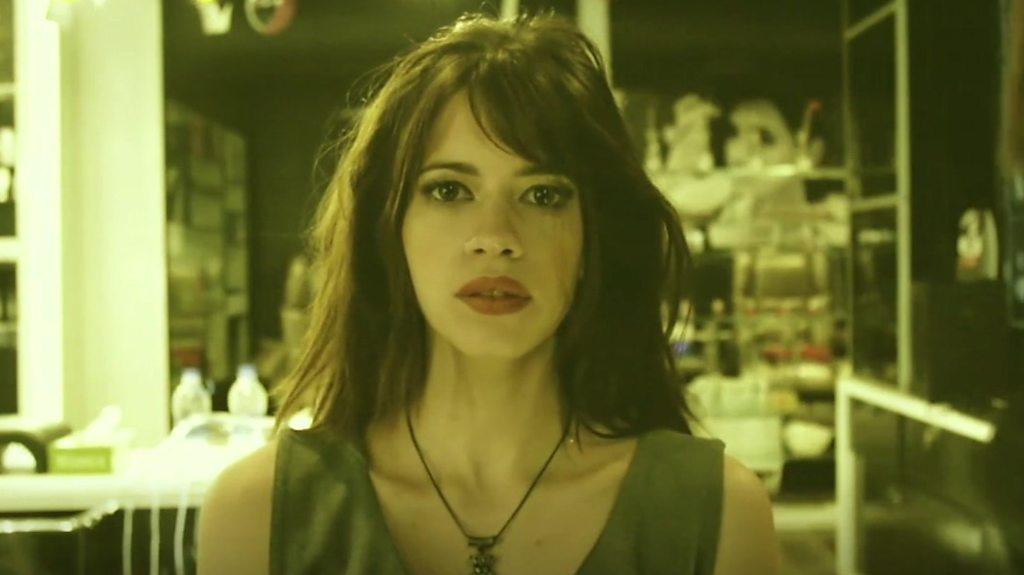Bollywood's troubled relationship with women
- Published
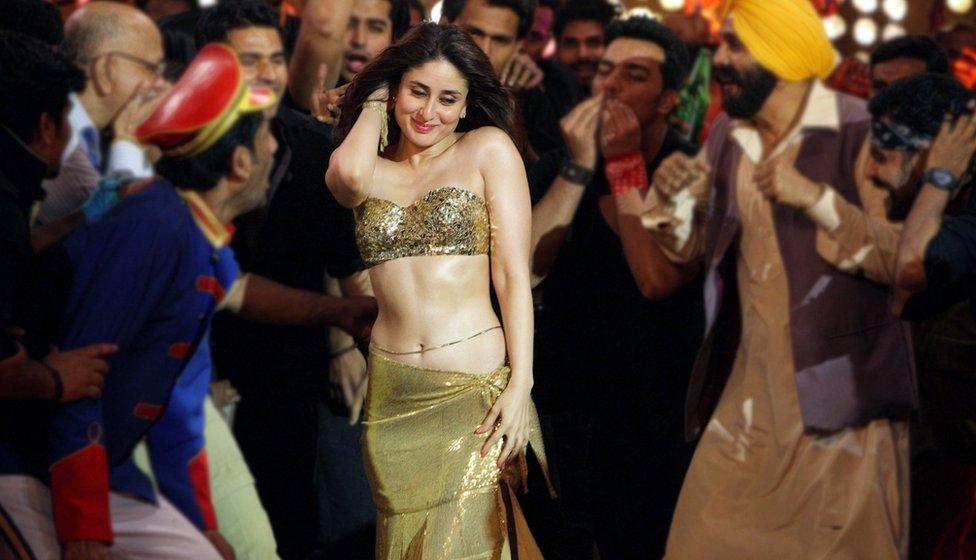
2017 was a good year for strong female characters in Bollywood, says film critic Shubhra Gupta, but does that mean it's finally starting to change the way it portrays women?
No sex please, we are Bollywood.
But come to us and we will give you, in no particular cringe-making order, a collection of thrusting pelvises and heaving bosoms in our songs and dances, and a dispiriting series of female leading ladies bringing up the rear.
These are the visuals which swim up whenever there is any kind of conversation around the portrayal of women in Bollywood.
Actually, not just Bollywood. The female lead as a decorative prop has been a mainstay in all major film industries in India. If there is a hero, he is at the forefront; a heroine's chief job is to worship and adore, and get out of the way when the heroes come out to play.
It wasn't always like this.
Just like the feisty yesteryear ladies of Hollywood, there were Bollywood heroines standing up and being counted. Those were the early years of cinema, and filmmakers were using movies as a tool to explore taboo topics like caste and class.
But things changed after the socially-conscious 1950s. During and after the 1960s, when entertainment became the chief metric of the movies, the gaze has been so primarily male that female actors became, largely, secondary citizens.
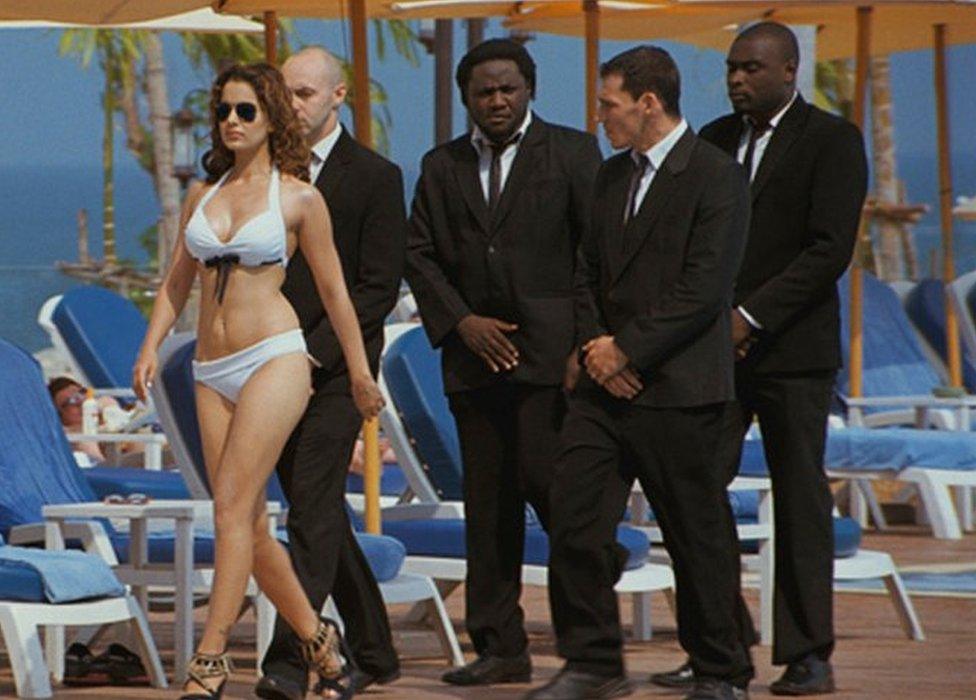
Leading lady Kangana Raunat in the film Rascal
Mothers feed their sons gaajar-halwa (a popular homemade carrot dessert); sisters tie rakhi (a Hindu ritual centred around trying a thread on the wrist as a form of protection) on brothers' wrists and hope to be "protected"; wives, or about-to-be-wives, fast for the long lives of their husbands.
In the mid 1990s, Karan Johar, one of the chief architects of "new Bollywood", released his first film Kuch Kuch Hota Hai which had leading man Shah Rukh Khan finally discovering his true love.
Leading lady Kajol's character was fashioned as a tomboy who sports short hair and briskly dribbles a basketball. Only when she shows up in a seductive chiffon sari, and lets him win on court, does she become worthy of his attentions.
The film was a huge hit, and it became a template for the modern Bollywood romance.
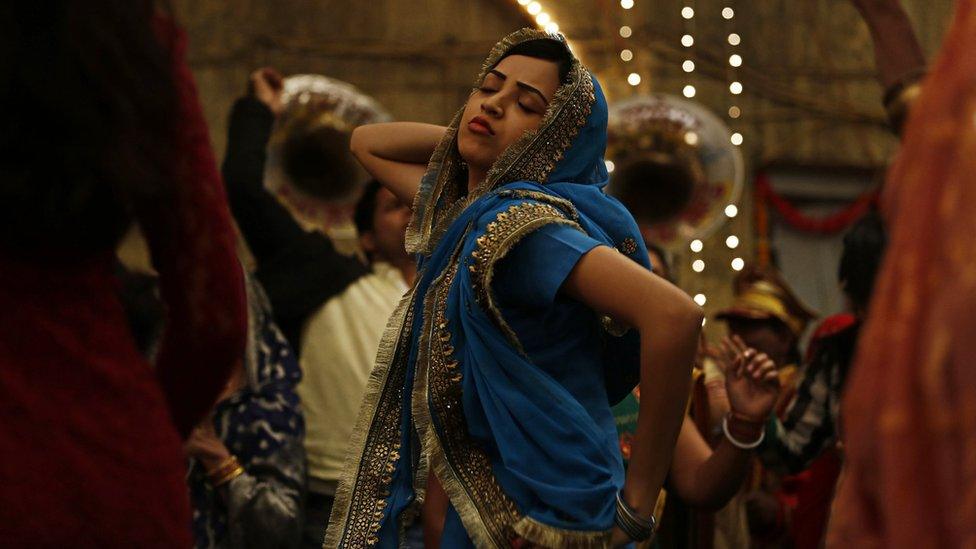
The dark comedy Lipstick Under My Burkha was released after a long battle with the censor board
Johar now acknowledges that he didn't do the right thing by pushing the tomboy in the background, external, which left the impression that only those women who adopt saris and act coy will get their man.
Demeaning dialogues laced with misogyny are so commonplace that we don't even notice: leading ladies are often compared to cars with "shining bodywork" which need to be "pushed into action".
Getting female actors to wear sheer white and putting them under waterfalls may no longer be in vogue, but they are still, for the most part, costumed, not clothed. Cameras gliding down swaying body parts, and vulgar, double-meaning lyrics, are still an integral part of mainstream Bollywood.
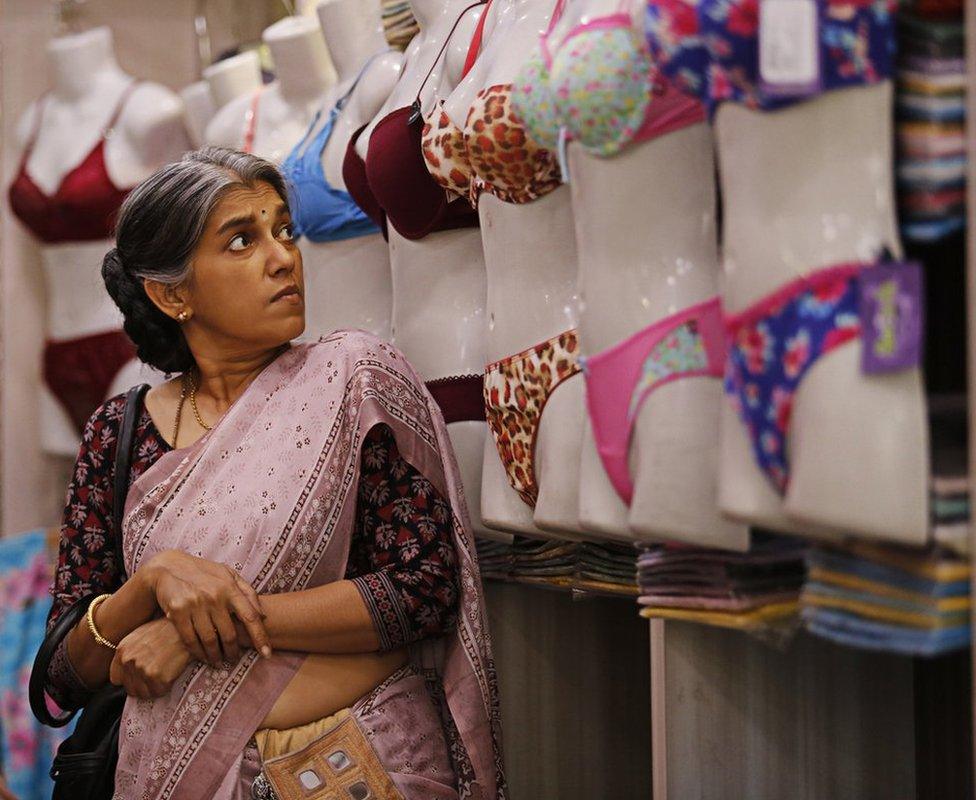
Ratna Pathak Shah plays a widow in her 50s who saucily fantasises about a much younger man
It can be argued, and it has, that filmmakers reflect the fact that Indian society is deeply patriarchal and sexism and misogyny are rife.
But just as the unmasking of Miramax boss Harvey Weinstein will have, or shall we say should have, a lasting impact, external on how films are cast in Hollywood, a nascent but clear awareness of these practices is making its presence felt in Bollywood too.
A few feisty actresses are now beginning to bring up the perils of the "casting couch", and other perfidies peddled by the men who run Bollywood.
Filmmakers who dare to push the envelope, and subvert plot, character, and treatment have always languished on the margins.
They and their films, which speak to a contemporary, liberal India, are now inching, slowly but surely, to the centre.
Happily, 2017 was a spectacular year for strong female characters in Bollywood.
Shah Rukh Khan on Bollywood harassment
Films such as Lipstick Under My Burkha, Anarkali Of Arah, A Death In The Gunj, and Tumhari Sulu were packed with good performances, and their women were not just playing to their gendered stereotypes.
They expressed their needs, emotional and sexual, and they did things to change their circumstances, instead of snivelling and batting their eyelashes.
Of course these women are still not part of the big-budget blockbusters.
But we can take slight solace from the fact that the biggest Bollywood hit of 2017, and headed perhaps to become the biggest hit ever, Tiger Zinda Hai, had a female character kicking serious butt, alongside the male superstar.
Even better, superstar Salman Khan was not on screen taking attention away from leading lady Katrina Kaif, when she was at it.
And that's a good thing.
Shubhra Gupta is a film critic at The Indian Express newspaper
- Published9 January 2018
